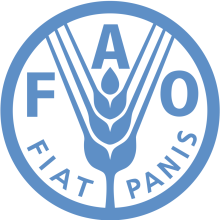Challenges in Adopting an Integrated Approach to Managing Forest and Rangelands in the Near East Region
Resource information
Date of publication
Novembre 2013
Resource Language
ISBN / Resource ID
FAODOCREP:56ecd585-19d5-47ba-a3c3-0ebefef215be
Pages
232
License of the resource
Copyright details
© FAO. FAO is committed to making its content freely available and encourages the use, reproduction and dissemination of the text, multimedia and data presented. Except where otherwise indicated, content may be copied, printed and downloaded for private study, research and teaching purposes, and for use in non-commercial products or services, provided that appropriate acknowledgement of FAO as the source and copyright holder is given and that FAO's endorsement of users' views, products or services is not stated or implied in any way.
Rangelands and forests together account for a major chunk of land in the Near East region. Characterized by semi-arid and arid conditions use of these land faces very severe constraints, which have been accentuated on account of climate change related extreme weather events. Larger changes, especially population growth, changing aspirations of the people, development of markets, globalization, etc. have directly and indirectly affected forests and rangelands. In most countries they are on a path of deterioration affecting the provision of goods and services provided to society, especially undermining the livelihood of local communities.


